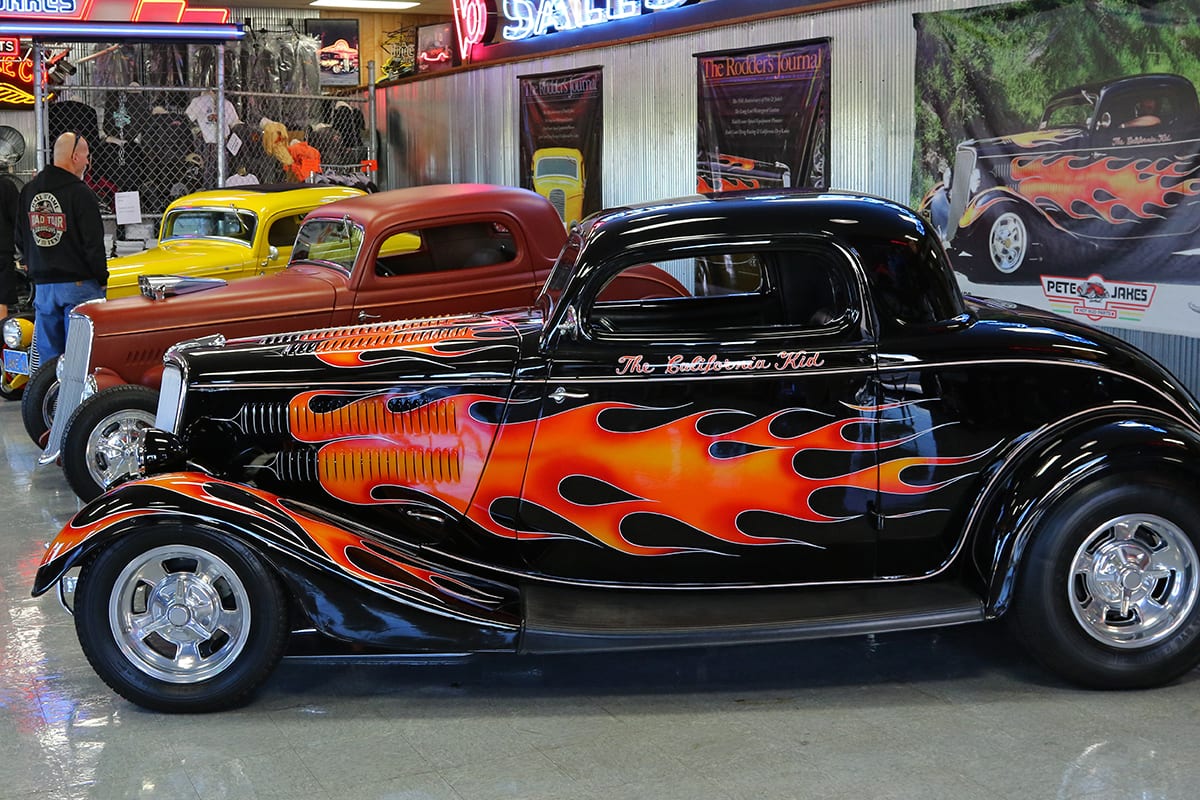I’m ordering the final pieces for my build. One bridge to cross is keeping under hood temps down when going slow. I’ve finalized it to two options. The autofab raptor style hood and a cowl hood. I’m inclined to go with the cowl because it just looks better and is from a very reputable vendor. The raptor hood seems a bit rice to me.
Technicaly cowls are for induction but this seems like a viable way to vent some air out when going sow. Heat soak sucks. What are some unbiased opinions?
![Image]()
![Image]()
Technicaly cowls are for induction but this seems like a viable way to vent some air out when going sow. Heat soak sucks. What are some unbiased opinions?












